Bijie.com reported:
Author: 636Marx
Solana is seen as the biggest challenger by many former Ethereum supporters. In the past 24 hours, SOL has seen the highest increase among the top ten cryptocurrencies.

The current trend of Solana closely aligns with Bitcoin, and it is widely believed in the community that SOL will easily surpass its historical high of $260 after Trump’s victory. The support rate on Polymarket is 60.7% for SOL and only 39.4% for Harris.
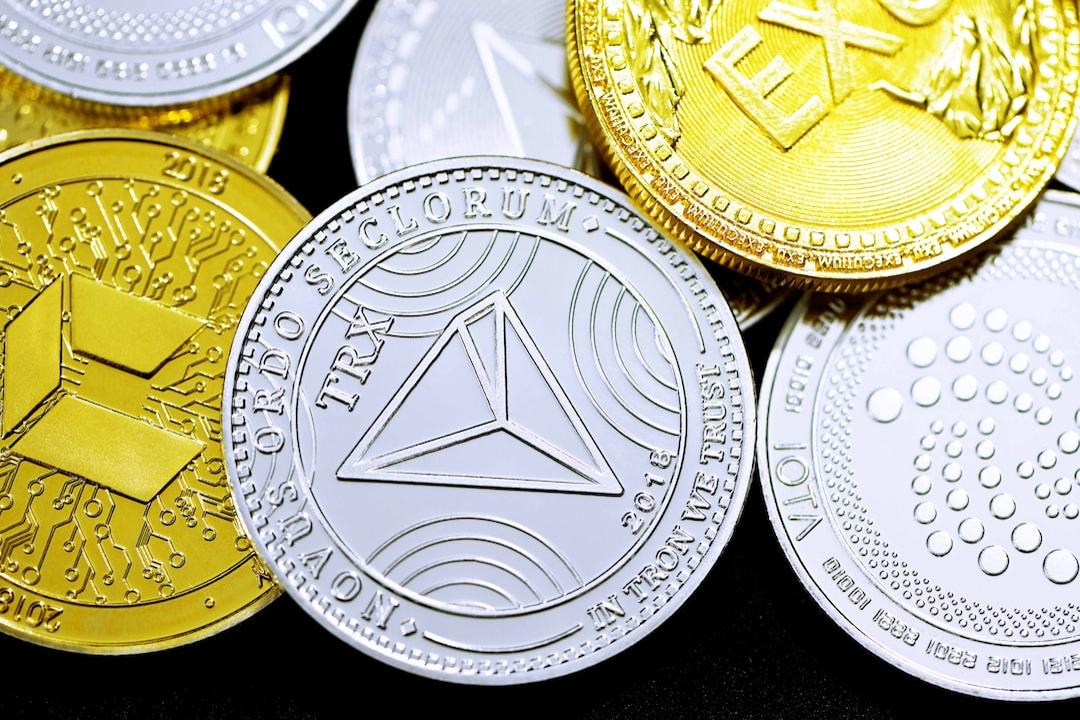
Ethereum has been performing poorly this year, with ETH/BTC hitting a new low of 0.03773 BTC for 2024. It has dropped 38.3% from 0.06117 on January 12 and 69.5% from its all-time high of 0.1238. As the second-largest cryptocurrency by market capitalization and the largest blockchain platform after Bitcoin, I have a few observations and remain optimistic about Ethereum’s long-term prospects.

Ethereum’s Verge Upgrade: Democratizing Node Operations
Verge is one of the upcoming crucial upgrades for Ethereum and is a core part of its long-term strategy, with significant implications for decentralization. Ethereum co-founder Vitalik describes it as a step towards “Ethereum 2.0”. Verge aims to significantly reduce the computational resources required to run nodes.
Blockchain nodes store complete copies of the blockchain and assist in transaction verification. Historically, running Ethereum nodes has required substantial hardware resources. However, the Verge upgrade aims to significantly lower these requirements, making it possible to run nodes on lightweight devices such as smartphones and smartwatches.
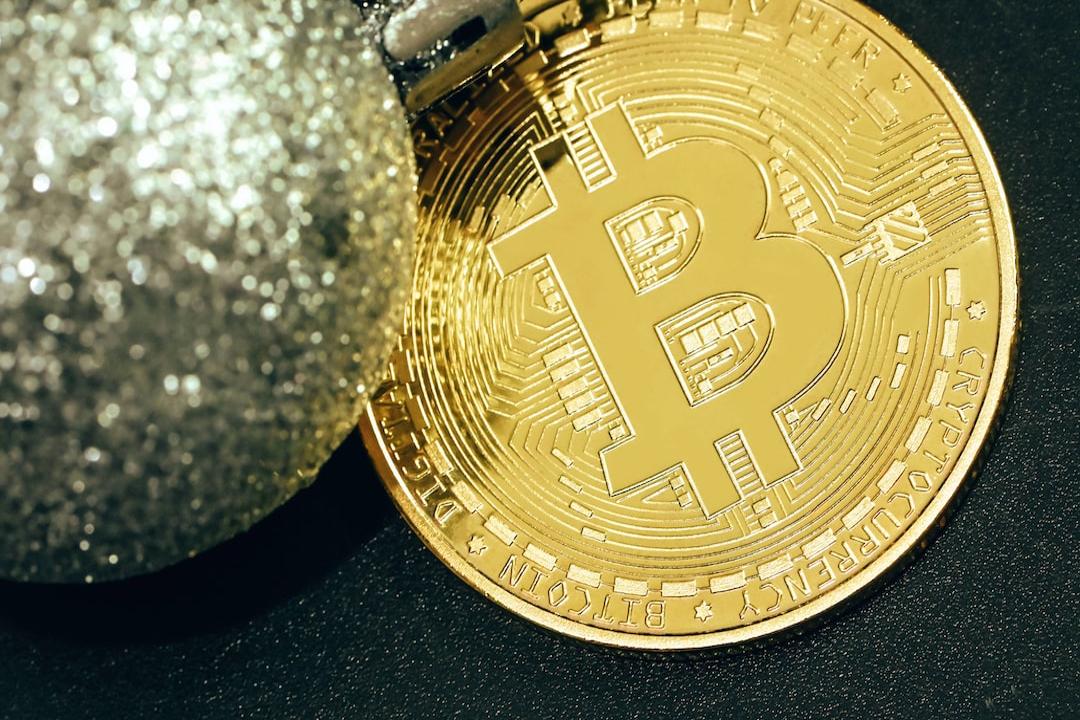
Significance of this upgrade
This upgrade could fundamentally change the way people interact with Ethereum, making it more decentralized by reducing the hardware and energy requirements for node operations. Decentralization is crucial for blockchain security and resistance to censorship, as a more distributed network is inherently more resistant to attacks and manipulation.
Imagine a world where millions of people run Ethereum nodes on their phones. This would not only enhance network security but also integrate Ethereum more deeply into everyday life. Running nodes on mobile devices can facilitate user participation in network governance and transaction verification, all of which can be done on personal devices.
This progress brings Ethereum closer to its vision of becoming a “world computer” that supports decentralized applications (dApps) on a truly global scale.
Vietnam’s Blockchain Initiative: 20 New Brands and National Network
As Ethereum makes technological advancements, countries around the world are embracing blockchain technology. Vietnam has emerged as a pioneer, recently announcing plans to launch a national blockchain network and nurture 20 new blockchain-based brands.
This initiative showcases Vietnam’s strategic commitment to blockchain innovation. The government is collaborating with private entities to develop a network that supports diverse applications, including finance, logistics, education, and healthcare.
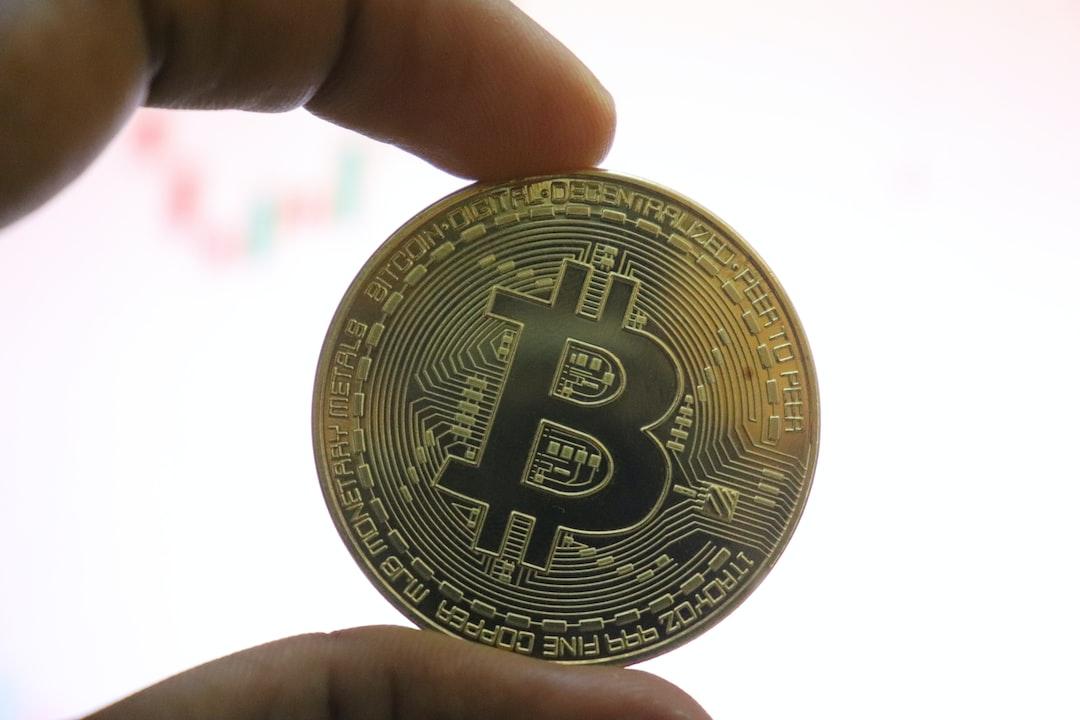
Vietnam’s Blockchain Strategy
Vietnam’s blockchain ambitions go beyond adopting new technology – their goal is to position the country as a leader in the digital economy. By nurturing domestic blockchain projects and establishing a national network, Vietnam aims to become a center of blockchain innovation in Asia.
This focus is particularly relevant as blockchain technology permeates various industries worldwide. Vietnam’s approach reflects a broader trend of countries seeking to leverage decentralized systems for economic and governance purposes.
Furthermore, given the global interest in blockchain technology, Vietnam’s national blockchain network could attract significant foreign investment. With the right infrastructure, Vietnam has the potential to become a key participant in the global blockchain ecosystem, following in the footsteps of countries like Estonia and Switzerland in Europe.
Ethereum’s Market Performance Relative to Bitcoin
Despite positive developments in Ethereum’s technology and adoption, its value has been declining relative to Bitcoin in recent months. Altcoin Daily, a YouTube channel with millions of followers, recently made a post supporting Ethereum on social media and received a lot of backlash, with some fans mistakenly interpreting the video as an attack on this girl for supporting Ethereum.

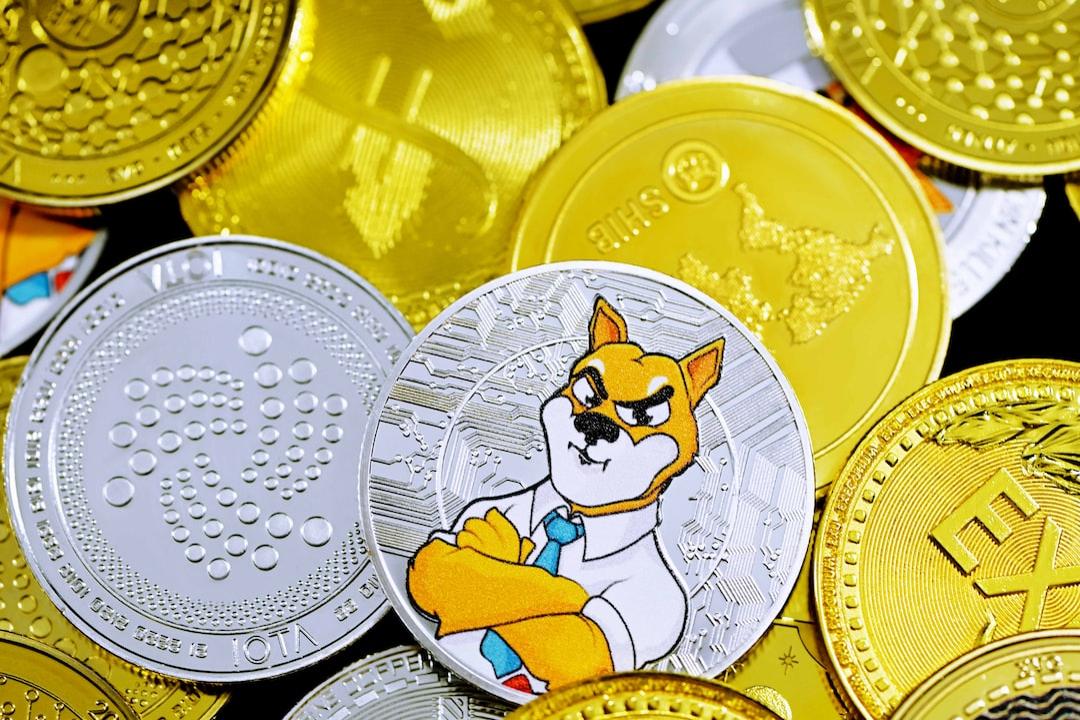
Factors behind Ethereum’s Market Position
The reasons for Ethereum’s decline relative to Bitcoin are complex. Bitcoin is often regarded as the “digital gold” of the cryptocurrency world, believed to be more resistant to regulation and technical risks than other cryptocurrencies. Meanwhile, Ethereum continues to develop its platform and implement significant upgrades such as Verge, which introduces some uncertainty for investors.
Bitcoin’s dominance, partly attributed to its simpler use case as a decentralized currency, poses competition not only to Ethereum but also to other blockchains like Solana, Avalanche, and Binance Smart Chain, which have broader ecosystems for dApps, DeFi (decentralized finance), and NFTs (non-fungible tokens).
Current market dynamics also play a significant role, as many institutional investors are seeking safer assets amid rising interest rates and global economic uncertainty. Due to its limited supply and established market position, Bitcoin has become the preferred choice.

Arguments for Ethereum’s Long-Term Potential
Despite recent price declines relative to Bitcoin, Ethereum’s long-term prospects remain optimistic, supported by several factors:
1. Ethereum’s network effect
Ethereum has the most developed ecosystem of any blockchain, hosting thousands of dApps, serving millions of users, and processing billions of dollars in transactions daily. This network effect is difficult to replicate. While other blockchains like Solana and Avalanche are making progress, none have reached the level of adoption that Ethereum has.
2. DeFi and NFT leadership
Ethereum continues to be a leader in DeFi and NFTs, with strong potential demand for decentralized financial products and digital collectibles despite recent market volatility. Ethereum’s infrastructure continues to support these industries, and as they mature, Ethereum’s value may appreciate.
3. Mergers and future upgrades
Ethereum recently completed the “merge” from proof-of-work to proof-of-stake consensus. This transition significantly reduces Ethereum’s energy consumption and paves the way for future upgrades, including sharding and Verge. These improvements will enhance Ethereum’s scalability, security, and efficiency, driving future adoption and potentially increasing its value.
In particular, the Verge upgrade highlights Ethereum’s commitment to decentralization and accessibility. By enabling mobile devices to run nodes, Ethereum will expand its reach, increase participation, and further strengthen network security.
4. Institutional adoption
Ethereum is gaining favor among institutional investors, particularly in decentralized finance and enterprise solutions. Large companies like JPMorgan and Visa, as well as some governments, are exploring Ethereum-based projects. With the growth of institutional adoption, Ethereum’s utility and value are likely to significantly increase.
5. Layer 2 scaling solutions
While Ethereum has faced criticism for high transaction fees and slow processing times, layer 2 scaling solutions like Optimism and Arbitrum are addressing these issues. These solutions make interacting with Ethereum more cost-effective and efficient, making the network accessible to a wider audience. As layer 2 technology matures, Ethereum will be able to accommodate more users and transactions, further enhancing its long-term prospects.
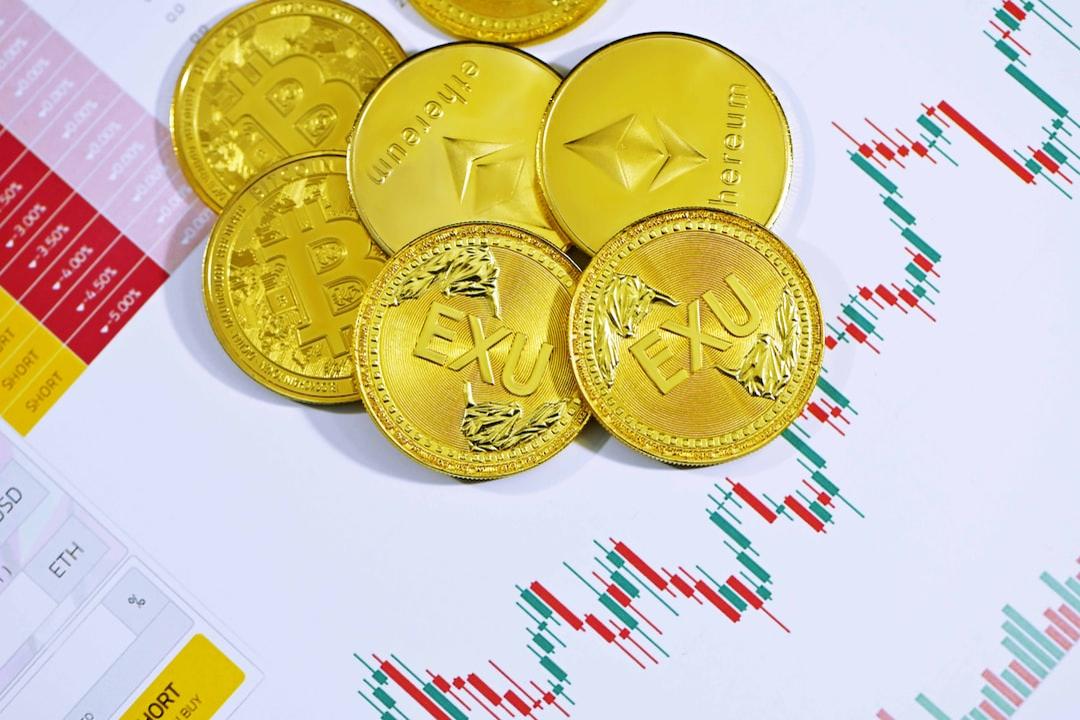
In conclusion, Ethereum’s price weakness reflects broader market dynamics rather than inherent weaknesses. Ethereum continues to innovate, with upgrades like Verge expanding its capabilities and accessibility. As the most advanced blockchain platform, Ethereum is well-positioned to capitalize on these developments.
Despite short-term market fluctuations, the long-term prospects for Ethereum remain optimistic. Its technological advancements, established network, and increasing institutional adoption will drive its future value.
In the future, Ethereum is poised to emerge as a key player.

